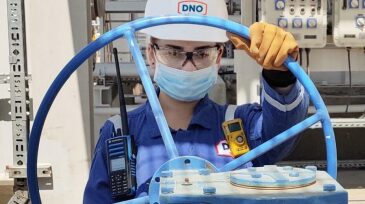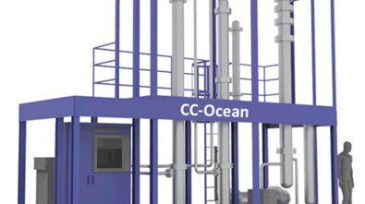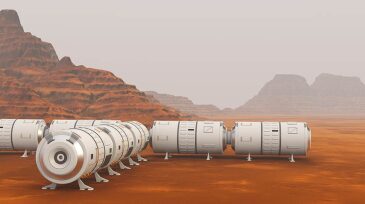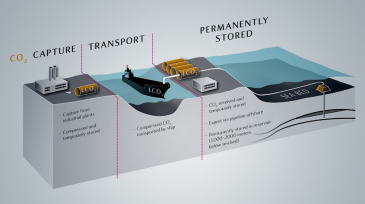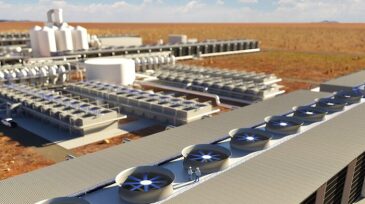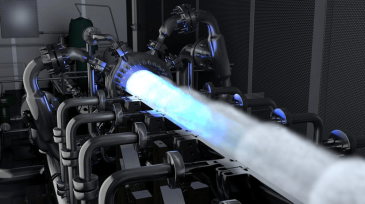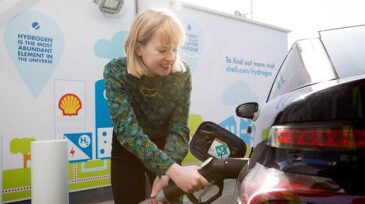carbon capture and storage
-
DNO announced that it has brought its gas capture and injection program online in the Kurdistan region of Iraq. Already reaching the milestone of 1 Bcf of gas injected, the project is expected to reduce annual emissions from the company’s production by more than 300,000 tonnes of CO2 equivalent.
-
The project aims to identify risks and conduct operability and safety evaluations for the world’s first attempt at capturing carbon dioxide at sea.
-
The common energy transition story that we’ve been told is that eventually renewable energy sources will replace oil and gas completely. What’s the problem with oil and gas? CO2 emissions. CCUS allows us to turn this problem into an opportunity.
-
As the company aims to become carbon net zero by 2050, it is undertaking a three-pronged approach focused on transforming its core, investing for growth, and positioning for the future.
-
Tellurian CEO Meg Gentle outlined how the US LNG market should address expected tight market conditions through 2025 while managing a transition to a carbon neutral environment.
-
Winning innovators focused on environment, safety, and operational efficiency.
-
Oxy Low Carbon Ventures and Rusheen Capital Management have formed a development company to finance the world’s largest carbon-dioxide-capturing facility using Carbon Engineering’s direct air capture technology.
-
Supermajor announces actions to achieve net-zero ambition and reshape business. It also noted that it will not seek to explore in countries where it does not already have upstream activities.
-
The offshore drilling contractor’s latest effort to curb emissions relies on technology developed during the US space shuttle program and could become commercial by 2022.
-
Hydrogen from fossil fuels is not only an easier way to pivot to clean energy than going full-on renewables; it could also establish new businesses and generate tremendous revenue by leveraging the oil and gas industry’s existing knowledge and expertise.

